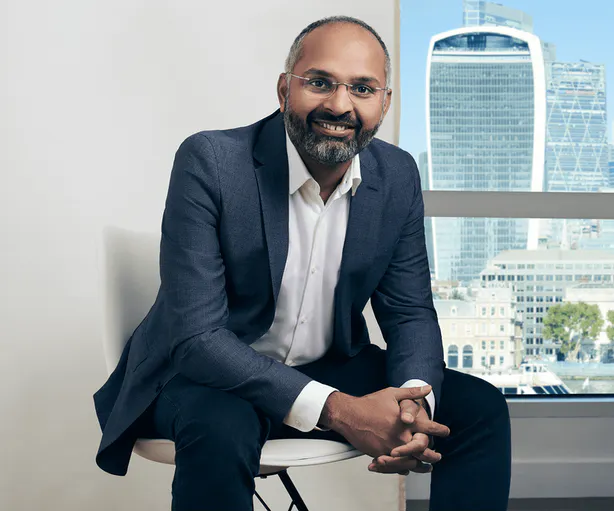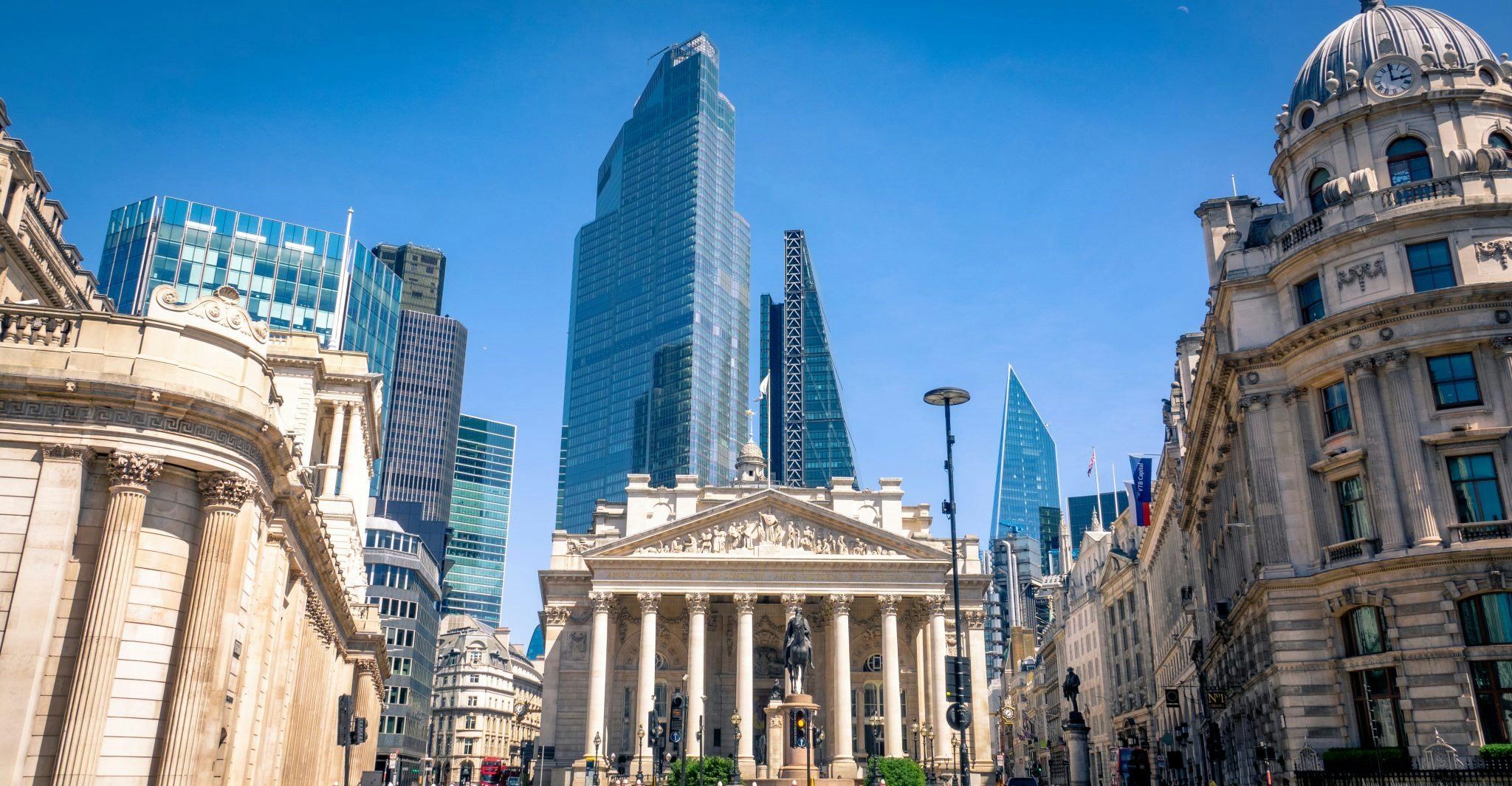Zopa, the UK digital bank which began life as a peer-to-peer lender, plans to launch current accounts by the end of the year. SME lending and investments are also in the pipeline for next year.
SoftBank-backed Zopa announced earlier this year that it had recorded its first pre-tax profit of £15.8m for the 2023 financial year. In doing so, it joined a small circle of profitable consumer-focused neobanks in Europe that include Amsterdam’s Bunq and fellow London fintechs Starling Bank and Monzo.
Zopa’s big goal is to incentivise its 1.2m customers to use it as their primary bank account, CEO Jaidev Janardana, a former executive of American bank Capital One, tells Sifted.
The plan is to make its current account offering not only easy to use but also good value, he says — likely by offering a competitive interest rate.
“There is no value in putting your money with [other neobanks],” he says — Monzo and Revolut don’t pay interest on their free current accounts. “Particularly, in an environment where the interest rate is 5.25%, it’s a little weird.”
The road not taken
Zopa, unlike many of its neobanking peers, has focused on increasing average revenue per customer rather than increasing total customer numbers.
Its 1.2m customers are just a fraction of Monzo’s 9.3m and Revolut’s 40m. However, Janardana claims its average revenue per customer — which the neobank says is £244 per customer — is higher than those of competitors.
“I would want to make sure that every customer is a positive contributor to the ecosystem,” he says. “We don’t believe in [the strategy of] getting a bunch of customers and figuring it out later.”
That isn’t the only way Zopa has taken a different path from its peers. Founded in 2005 as a peer-to-peer lender, it made a push into banking services in 2016 as it sought more stable ways to fund its loans. It gained a full banking licence in 2020 after which it launched savings accounts and credit cards.
Since then, it’s focused on building out its borrowing and savings products. In addition to the loans it started with, it now offers car financing options and ISAs.
“When we went into banking we had the slightly unfashionable view that you should start with a business model that pays for itself,” says Janardana. “We focused on borrowing and saving as, if you look at the history of banking over hundreds of years, that’s how all the money always gets made.”
Lending on borrowed time
Lending made up the vast majority of Zopa’s revenue last year. It made £213m in net interest income — a metric to determine a bank’s income from lending activities — 94.25% of total revenue (£226m) in the 12 months to the end of December last year.
Janardana is confident that Zopa can remain profitable when and if interest rates come down. He thinks that borrowers waiting out for interest rate decreases would return to the loan market and that a fall in interest rate-dependent overheads such as mortgage payments would also mean customers have an easier time paying off loans.
“Unlike other banks, I await the day when Andrew Bailey (the governor of the Bank of England) decides it’s time to cut interest rates,” he says.
“We’ve had this behaviour where some of our best borrowers have postponed their discretionary spending. If rates were to come down, they would come back into the market which would help our business.”
However, Zopa does plan to diversify its income streams in the near future. Next year, it plans to introduce an investment product and launch SME lending. It’s also recently nabbed partnerships with merchants such as UK high street retailer John Lewis and British energy company Octopus Energy for customers to access financing options.
Expansion plans and listings
As for geographical expansion, it isn’t on the cards in the mid-term, Janardana says.
“We understand the customers and regulatory framework here,” he says. “Many of the fintechs that have expanded too fast have ended up retracting.”
Monzo recently restarted its US expansion plans while Dutch neobank Bunq is set to return to the UK after quitting the country in 2020 over Brexit.
While IPO rumours buzz around Swedish BNPL giant Klarna and Monzo, Janardana says he isn’t in a rush to list — although he says would consider either the UK or Amsterdam’s stock exchanges over the US when it is time to go public.
Janardana is optimistic about the UK’s future, and describes the UK’s Labour and Conservative parties as having a “pro-business” outlook and a belief in fintech as a “source for good”.
He’s also seeing signs that the cost of living crisis is starting to abate. “Every month we have a new record month for our savings or borrowing products,” he says; a sign that Zopa is on track for growth in the next year. “And while there is this feeling of uncertainty in the UK, I do feel that the country is starting to turn the corner.”



